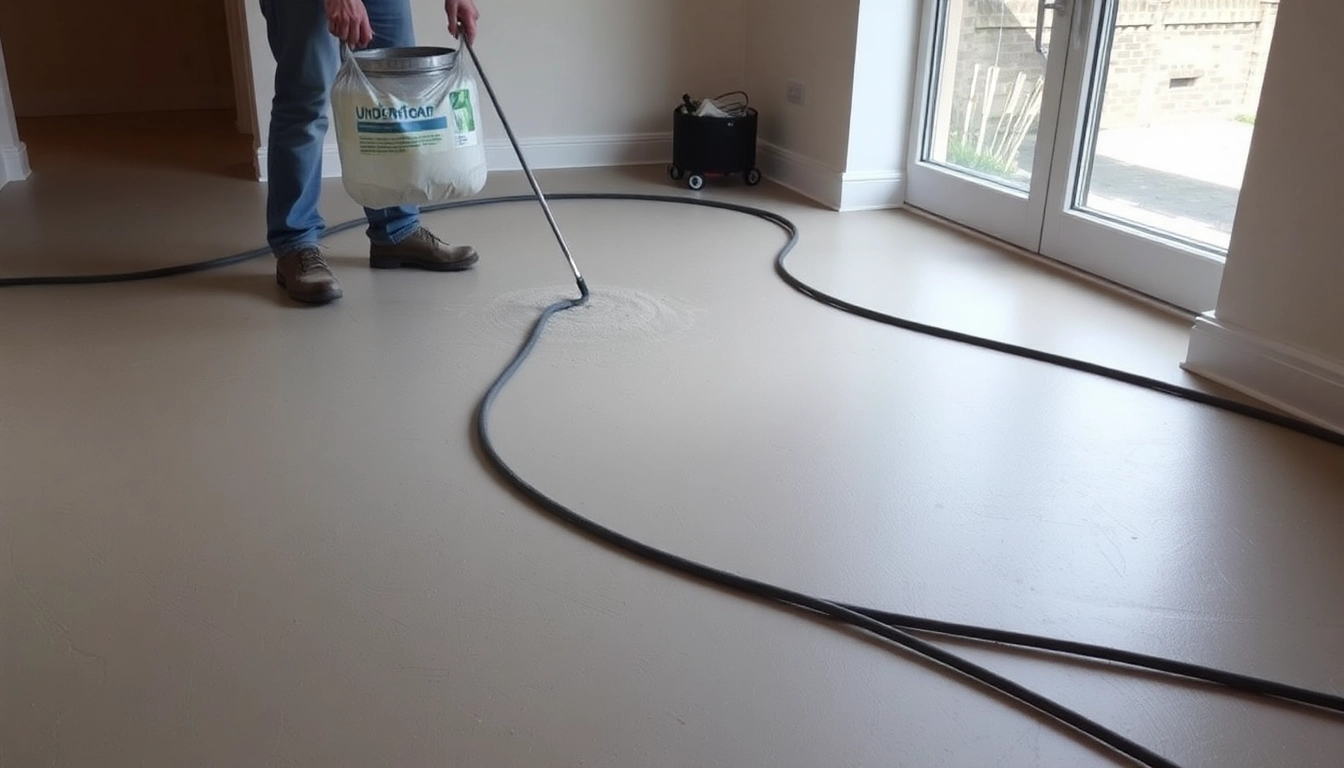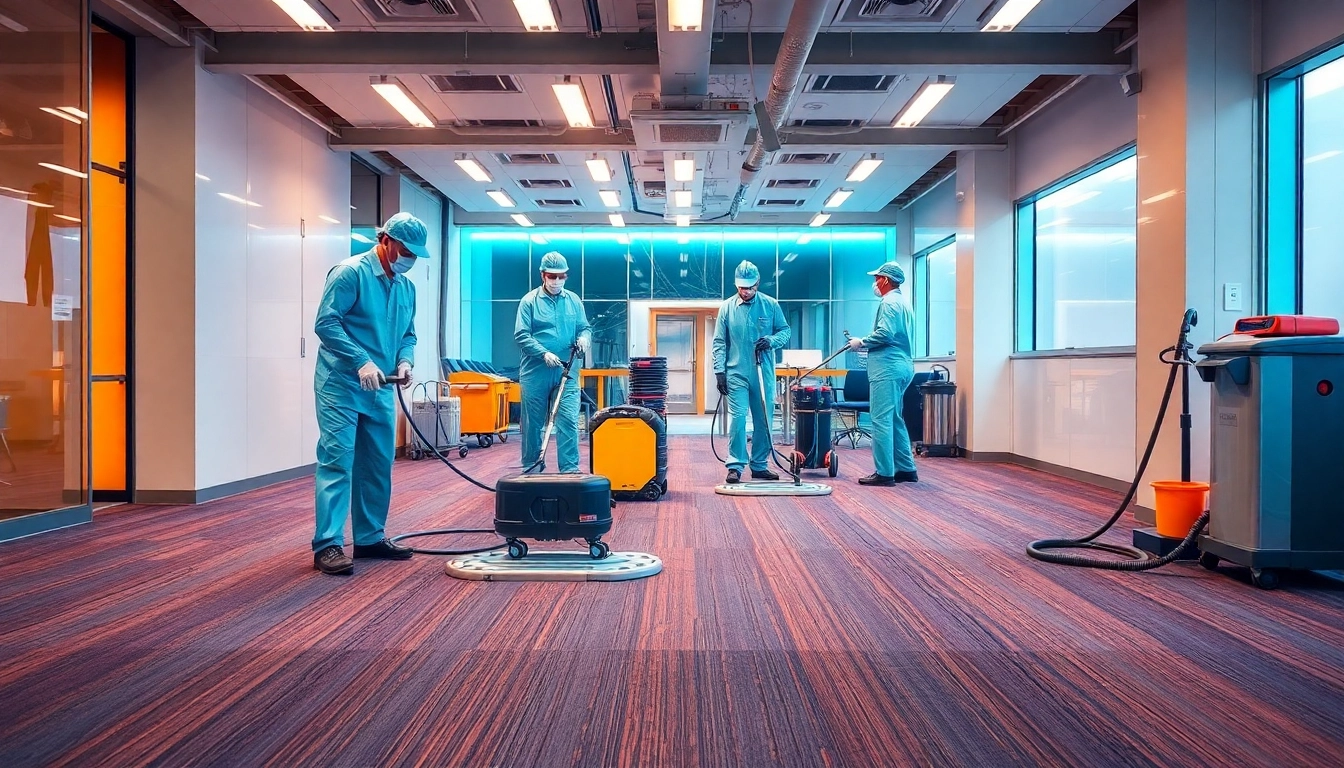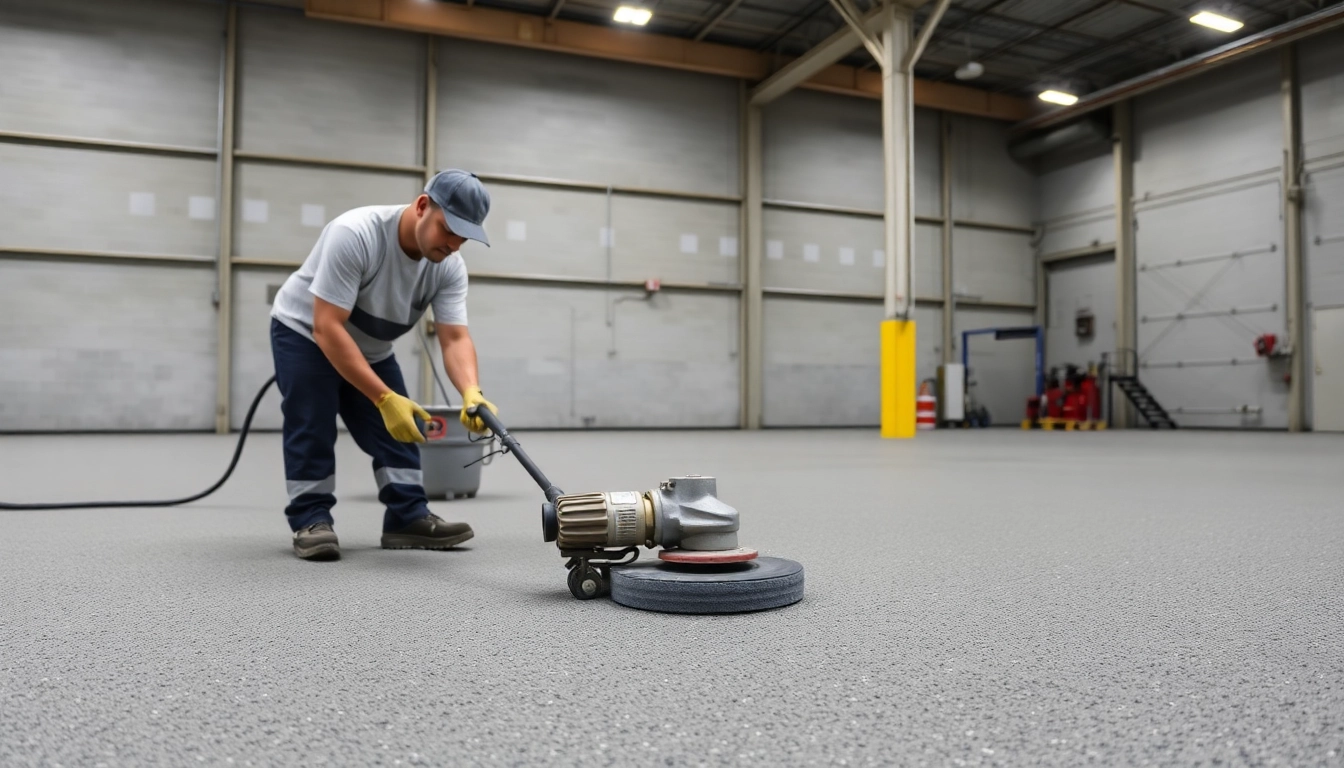Introduction to Liquid Screeding in Birmingham
When it comes to modern construction and refurbishment projects in Birmingham, the choice of flooring solutions can significantly impact the overall quality, efficiency, and longevity of the finish. Among the innovative flooring options available today, Liquid screeding Birmingham has emerged as a preferred choice for both residential and commercial properties. Its ability to deliver a smooth, durable, and rapid-installation floor makes it a game-changer for builders, contractors, and homeowners seeking high-performance floor systems. This comprehensive guide explores everything you need to know about liquid screeding in Birmingham — from understanding its benefits to choosing the right installer, and how to achieve optimal results for your project.
What is Liquid Screeding and Its Benefits
Liquid screeding is a highly flowable, pumpable form of screed used to create level, smooth flooring bases for a variety of applications. Unlike traditional sand and cement screeds, which are dry mixes manually spread and leveled, liquid screed is composed of a specially formulated mixture of cement, additives, and water that flows freely into place, filling all gaps and contours with minimal effort. This attribute allows for rapid and uniform installation over large areas, often within a matter of hours.
The primary benefits of liquid screeding include:
- Speed of installation: Its pumpable nature accelerates project timelines, reducing labor and downtime.
- Consistent thickness and flatness: The flowability ensures a level surface, decreasing the need for extensive surface finishing.
- Enhanced heat transfer: When used with underfloor heating, it coats pipes evenly, maximizing heat distribution and efficiency.
- Minimized wastage: Precise pouring reduces over-mixing and excess material waste.
- Versatility: Suitable for residential, commercial, and industrial floors, including complex underfloor heating systems.
Some applications of liquid screed include underfloor heating installations, self-leveling floors, renovation projects, and new builds requiring rapid flooring solutions. Its ability to coat pipes for underfloor heating systems not only improves thermal performance but also contributes to energy savings in the long run.
Why Choose Liquid Screed for Your Birmingham Property
Choosing liquid screed for your Birmingham property offers numerous advantages that align with the city’s dynamic construction environment. Birmingham is witnessing a construction boom, driven by commercial developments, residential expansions, and infrastructure upgrades. In such a fast-paced setting, the benefits of liquid screeding become particularly apparent.
First, its rapid installation reduces project timelines, enabling contractors to meet tight schedules and minimize disruptions. Second, its ability to produce perfectly level surfaces ensures a high-quality finish, crucial for modern aesthetic and functional requirements. Additionally, liquid screed’s compatibility with underfloor heating makes it an excellent choice for energy-efficient homes and offices, promoting sustainable building practices that are increasingly valued in Birmingham’s eco-conscious market.
Moreover, professional installers in Birmingham bring local expertise and understanding of regional building codes, climate considerations, and material requirements. This local knowledge ensures the successful application of liquid screed in various environments, from historic conversions to contemporary developments.
Common Applications and Project Types
Liquid screeding serves a broad spectrum of projects across Birmingham, including:
- Underfloor heating installation: Its ability to coat and embed heating pipes ensures maximum heat transfer efficiency for both residential and commercial properties.
- New build constructions: Rapidly creating level subfloors essential for subsequent flooring layers in housing estates, office blocks, and retail spaces.
- Refurbishments and renovations: Leveling uneven surfaces or preparing floors for new finishes in historic buildings or modern refurbishments.
- Industrial flooring: Providing a durable, level substrate for heavy machinery and movement of goods.
- Self-leveling overlays: Correcting imperfections and restoring flatness to aging floors.
In Birmingham’s diverse construction landscape, liquid screed can adapt to complex geometries and large-scale projects, making it a versatile solution across various sectors.
Choosing the Right Liquid Screeding Contractor in Birmingham
Key Experience and Certifications to Look For
Selecting a competent contractor is crucial to ensure the quality, safety, and longevity of your flooring solution. Look for companies with extensive experience in liquid screeding, especially within Birmingham’s local construction environment. Reputable contractors should hold relevant industry certifications, such as those from the British Standards Institution (BSI) or construction industry recognized bodies, confirming adherence to quality standards.
Questions to Ask Before Hiring
To ensure you’re making an informed decision, consider asking potential contractors about:
- Their experience with projects similar in size and scope.
- The types of liquid screed mixes and underfloor heating compatibility they employ.
- Technical processes and surface preparation methods.
- Guarantees or warranties offered on their work.
- Previous client references or case studies demonstrating their capabilities.
How to Assess Quality and Pricing
Always request detailed quotes that outline costs, timelines, and scope. It’s equally important to evaluate the contractor’s reputation through reviews, certifications, and portfolio evidence. Remember, the cheapest option may not always guarantee quality—priority should be given to experienced teams that use high-grade materials and follow industry best practices to deliver durable, precise results.
Process of Installing Liquid Screed in Birmingham Homes and Commercial Spaces
Step-by-Step Installation Procedures
The typical liquid screeding process involves several carefully managed steps to ensure optimal results:
- Surface preparation: Cleaning, leveling uneven areas, and ensuring proper bonding substrate.
- Installation of underfloor heating (if applicable): Laying pipes with proper insulation and fixing mechanisms.
- Mixing and pumping: Combining the liquid screed in precise proportions and pumping it into the space using specialized equipment.
- Screeding and levelling: The liquid screed is spread evenly, sometimes with automated screeding tools, to achieve the desired thickness and flatness.
- Curing: Allowing the screed to set and cure, which typically takes 24-48 hours, depending on conditions.
Preparation and Surface Preparation Tips
Proper surface preparation is vital for a successful installation. Ensure the subfloor is clean, dry, and free of debris. For underfloor heating, verify pipe connections and insulation are correctly installed. Use tacky primers if required to improve adhesion, and consider moisture barriers where needed, especially in ground-level or damp areas.
Post-Installation Care and Troubleshooting
After screeding, limit foot traffic until fully cured, typically after 24-48 hours. Avoid excessive load or movement during curing to prevent cracks. Should issues like cracking or uneven surfaces occur, consult with the installer for remedial options such as grinding or patching. Routine inspections for cracks or moisture ingress will help maintain floor integrity over time.
Optimizing Underfloor Heating with Liquid Screeding
Maximizing Heat Transfer Efficiency
Liquid screed is inherently compatible with underfloor heating systems due to its ability to envelop pipes completely, resulting in superior thermal contact. To optimize heat transfer, ensure the screed layer maintains an even thickness, typically around 50mm to 75mm, and that pipes are properly spaced according to manufacturer specifications. Additionally, using self-compacting formulations minimizes air gaps that could impede heat flow.
Benefits for Energy Savings and Comfort
Properly installed liquid screed and underfloor heating can dramatically reduce energy consumption, lowering heating bills. The uniform heat distribution provides a more comfortable environment, eliminating cold spots and promoting consistent warmth throughout the space. This synergy is particularly advantageous in Birmingham’s variable climate, enhancing indoor comfort year-round.
Innovative Techniques and Materials
Advances include the integration of phase-change materials for thermal storage, quick-drying formulations to speed up installation, and the use of eco-friendly additives to improve sustainability. These innovations support a modern, efficient, and environmentally conscious approach to floor heating and screed application.
Measuring Success and Maintaining Your Liquid Screeded Floors
Key Performance Indicators
Assessment of a successful liquid screed installation involves several metrics:
- Flatness and levelness: Meets industry standards such as F-numbers or N-values for precise floor tolerance.
- Thermal performance: Efficient heat transfer in underfloor heating applications, verified through temperature consistency tests.
- Structural integrity: Absence of cracks, chips, or delamination over time.
- Surface smoothness: Ready for final flooring layers like tiles, carpet, or hardwood without additional leveling.
Regular Maintenance and Inspection Tips
Routine inspections should include checking for cracks, moisture ingress, or surface damage. Maintain humidity levels and avoid standing water to prevent deterioration. For floor surfaces, use appropriate cleaning methods compatible with the final flooring material and avoid harsh chemicals that could damage the screed.
Upgrading or Repair Options for Longevity
If repairs become necessary, options include patching small cracks or applying surface levelling compounds. For substantial damages, removal and reapplication of screed might be required, ideally performed by professionals experienced in liquid screeding systems. Regular upkeep prolongs the lifespan of your floors and maintains their performance.




